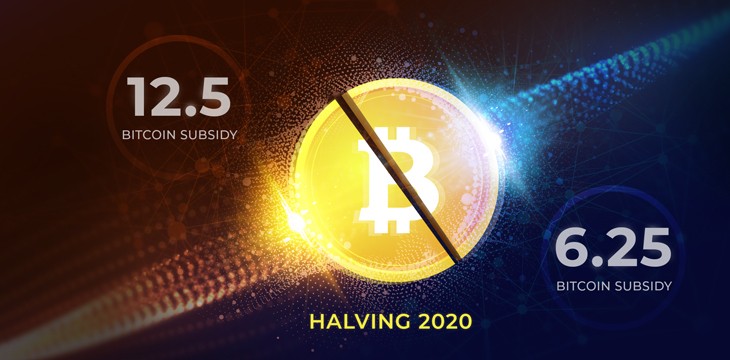Polkadot is a next-generation blockchain protocol that aims to solve one of the biggest problems in the crypto space—interoperability between blockchains. Developed by Ethereum co-founder Dr. Gavin Wood and supported by the Web3 Foundation, Polkadot enables a web of interoperable and scalable blockchains to coexist within a unified network. Central to its functionality is the DOT token, which powers governance, staking, and the creation of parachains.
Polkadot’s Key Features: Interoperability, Scalability, and Flexibility
Unlike traditional blockchains that operate in silos, Polkadot introduces parachains, independent blockchains that run in parallel yet remain connected to the Polkadot Relay Chain. This unique architecture allows Polkadot to scale effectively, as transactions can be processed simultaneously across multiple chains, reducing congestion and speeding up throughput.
Interoperability is another major advantage. Polkadot allows various blockchains to exchange data and functionality without relying on centralized exchanges or services, fostering innovation across different ecosystems such as DeFi, gaming, and IoT.
Also read: How to Find a Reliable Crypto Liquidity Provider: Key Factors & Tips
Self-Governance and Forkless Upgrades: A New Standard in Blockchain Evolution
Polkadot empowers each parachain to implement its own governance mechanisms. This flexibility makes it ideal for projects that need to evolve quickly or operate under custom rules. Unlike older blockchains that require disruptive hard forks for upgrades, Polkadot uses a forkless upgrade system, allowing seamless evolution of network protocols without splitting the community or ledger history.
The platform’s self-governance model also grants DOT holders a direct say in important decisions—ranging from protocol changes to treasury spending—making it a truly decentralized ecosystem.
Understanding the DOT Token: Governance, Staking, and Bonding
The DOT token is the lifeblood of the Polkadot ecosystem. It serves three primary functions:
- Governance: DOT holders can vote on protocol upgrades, fee structures, and governance models.
- Staking: Participants stake DOT to secure the network and earn rewards, while malicious behavior is penalized through slashing.
- Bonding: DOT is used to “bond” new parachains to the Polkadot network. When parachains are no longer needed, bonded DOT is returned.
Roles such as validators, nominators, collators, and fishermen all rely on DOT to perform their duties, ensuring that the system remains decentralized, secure, and community-driven.
Polkadot’s Ecosystem and Future Outlook
Polkadot’s design and tooling are already attracting developers across various industries. Teams building in sectors such as finance, supply chain, and gaming benefit from the network’s flexibility and performance. These projects often receive support and funding through grants from the Web3 Foundation, further strengthening Polkadot’s developer-first reputation.
As more parachains go live and new services emerge, Polkadot is positioning itself as a foundational layer for the decentralized internet.
Why Polkadot Matters
Polkadot is more than just another blockchain—it’s a full-fledged protocol for the multi-chain future. Its architecture enables scale, specialization, and seamless upgrades, while its native DOT token ensures the network remains decentralized and secure.




